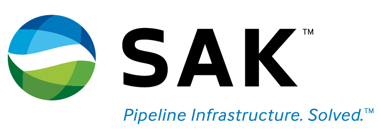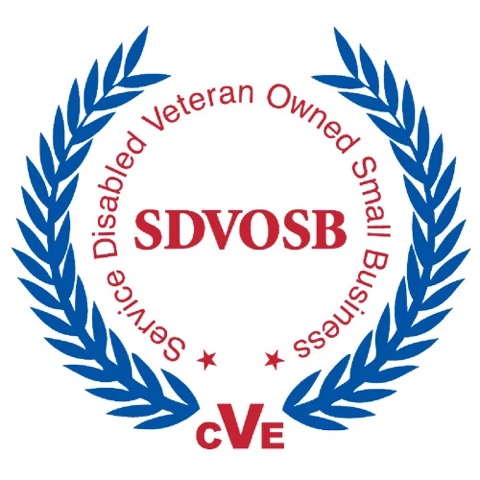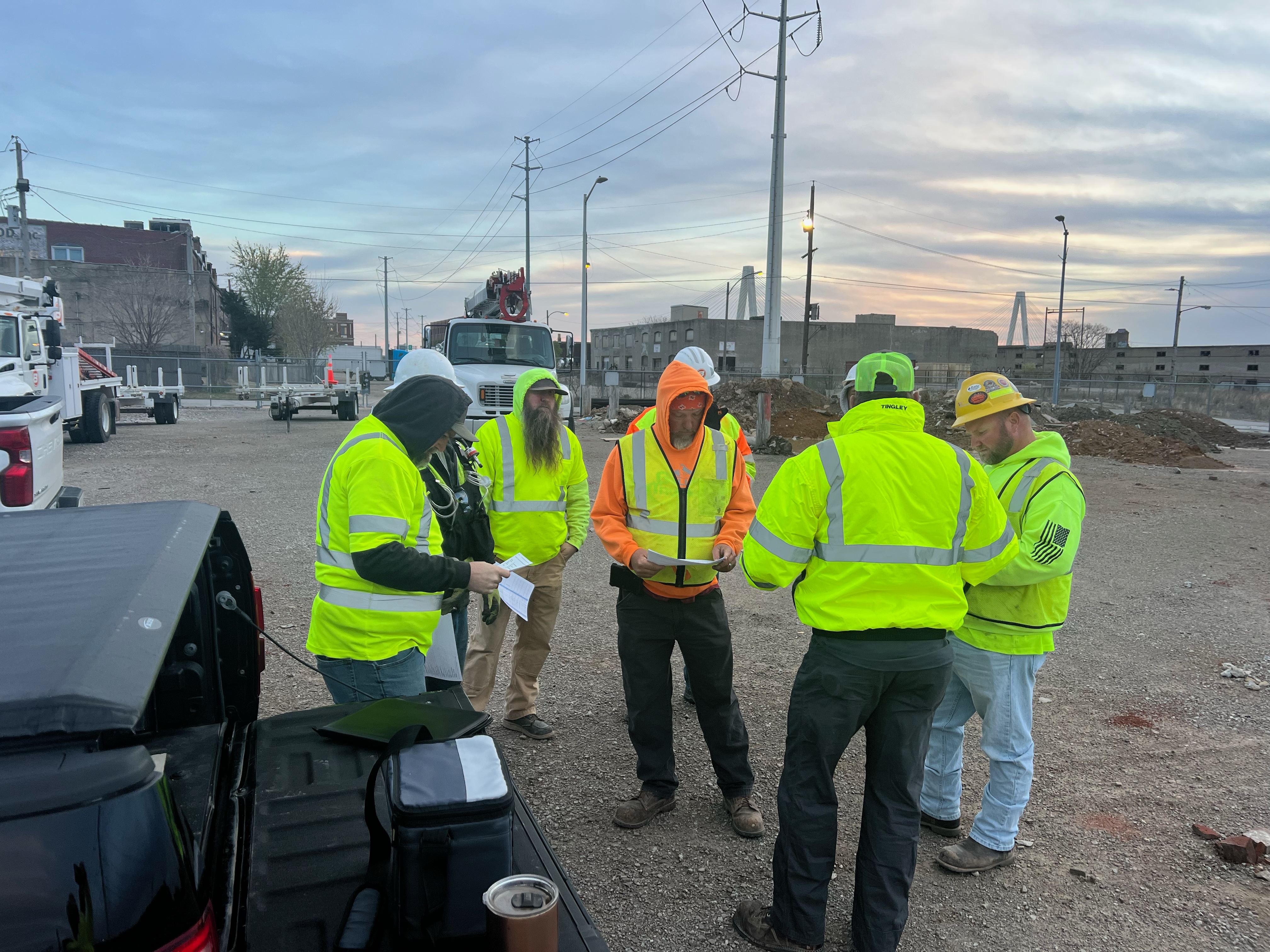Our Services
Helping you eliminate hazards, which could potentially cost you money
Razer Safety and Health Consultants, LLC provides a full range of occupational safety and health services: general industry, construction, maritime or mining.Razer Safety and Health Consultants, LLC is owned and operated by Chester R. Razer, former Area Director for OSHA. He holds a Master’s Degree in engineering and is a Certified Safety Professional credentialed by the Board of Certified Safety Professionals (BCSP). As an occupational safety and health consulting firm, Razer Safety & Health provides high-quality safety and risk management services with the goal of effectively assisting each organization in risk management and safety consulting. Partnering to help achieve your safety, quality, and productivity goals is our top priority.Read Chester Razer's CV.
We provide comprehensive services including:
- Expert Witness Services
- Forensic Consulting
- Hazard Auditing
- Mines and Quarries
- OHSA Compliance, Inspection and Citation Assistance
- On-site Program Analysis and Risk Assessment
- Program Analysis, Development and Technical Writing
- Respirator Fit Testing
- Safety Training
- Record Keeping
Razer Safety and Health Consultants, LLC is located in the midwest in Columbia, IL. This easily accessible location is close to both the east and west coasts. We have specialization in federal and state OSHA compliance, with experience extending to all areas of industrial, maritime and construction environments.
Our staff has more than 36 years experience in occupational safety and health matters. Let us discuss your health and safety needs with you.
Our goal is simple: provide unparalleled service in a cost-effective manner. Razer Safety and Health Consultants, LLC is committed to meeting all the needs of your company. Allow us to assist you today.
Testimonials

"I retained Chet Razer on behalf of a mining equipment manufacturer client to testify as an expert in wrongful death litigation pending in Southern West Virginia. We requested he assist us with opinions related to coal mine safety and a variety of dust control related issues. Not only was his background in MSHA and OSHA invaluable, but Chet worked quickly to process a lot of data and drafted an excellent report. I would highly recommend him as a litigation expert."
THOMAS M. HANCOCK
-Nelson Mullins-


"We consulted with and hired Chet Razer as an expert witness to inspect a commercial roof fall/injury in Southwest Missouri. Chet came to the injury site, conducted an investigation and wrote a great report. Chet is a walking OHSA manual. You can tell from the terminology and his work related mannerisms that he lives and breathes safety. Chet’s deposition went flawlessly and helped settle our case before trial. I highly recommend Chet Razer as a safety consultant in regard to workplace injuries."
Scott Pettit
-Pettit Law Offices-


"I have referred many clients to Chet. He is very knowledgeable, practical and responsive. Clients really appreciate that."
Julie O'Keefe
-Armstrong Teasdale-
"As the Director of Safety for SAK Construction I am fortunate and grateful to know and work with Chet Razer. Chet’s experience and knowledge has helped us at SAK Construction become a better and safety company. Chet’s approach to OSHA regulations and real-world safety has assisted us in overcoming questions and concerns on compliance. Additionally, unlike many others Chet has become a mentor to many young safety professionals within our organization to help them grow and evolve."
Harry Miller, CSP, CHST
VP/Director of Safety
SAK Construction









